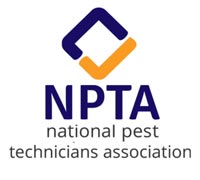Things we require you to do before & after bedbug treatments:
Bed Bug Preparation List
- Bed sheets need to be removed, empty any divan drawers, head boards and base sections need separating.
- All cabinets, chests of drawers, cupboards and wardrobes need to be emptied, and the contents sealed in strong plastic bags.
- All items on the floor need to be picked up.
- Pull any furniture away from the walls.
- Computer equipment needs to be unplugged and the cables tidied.
- Please vacuum all floor areas, particularly under beds.
- All clothing, bedding, cuddly toys and textiles need to either be cleaned in a 60 degree wash, put through a tumble dry cycle, be dry cleaned or be placed in a deep freeze for at least 3 days.
- Any cleaned items must not be put back into wardrobes or drawers until after treatment.
- Untreated items must be kept sealed and separated.
- Bed bugs can be harbouring in any object – the customer should discuss any items of concern for the pest control operative to inspect.
- Customers can not be present in a room while it is treated
After Treatment
- Surfaces are safe once touch dry.
- Do not vacuum or mop for 14 days
- As bed bugs do not feed every day, it can be up to a week before some come into contact with the insecticide.
- Treated rooms should be used to entice the insects out.



